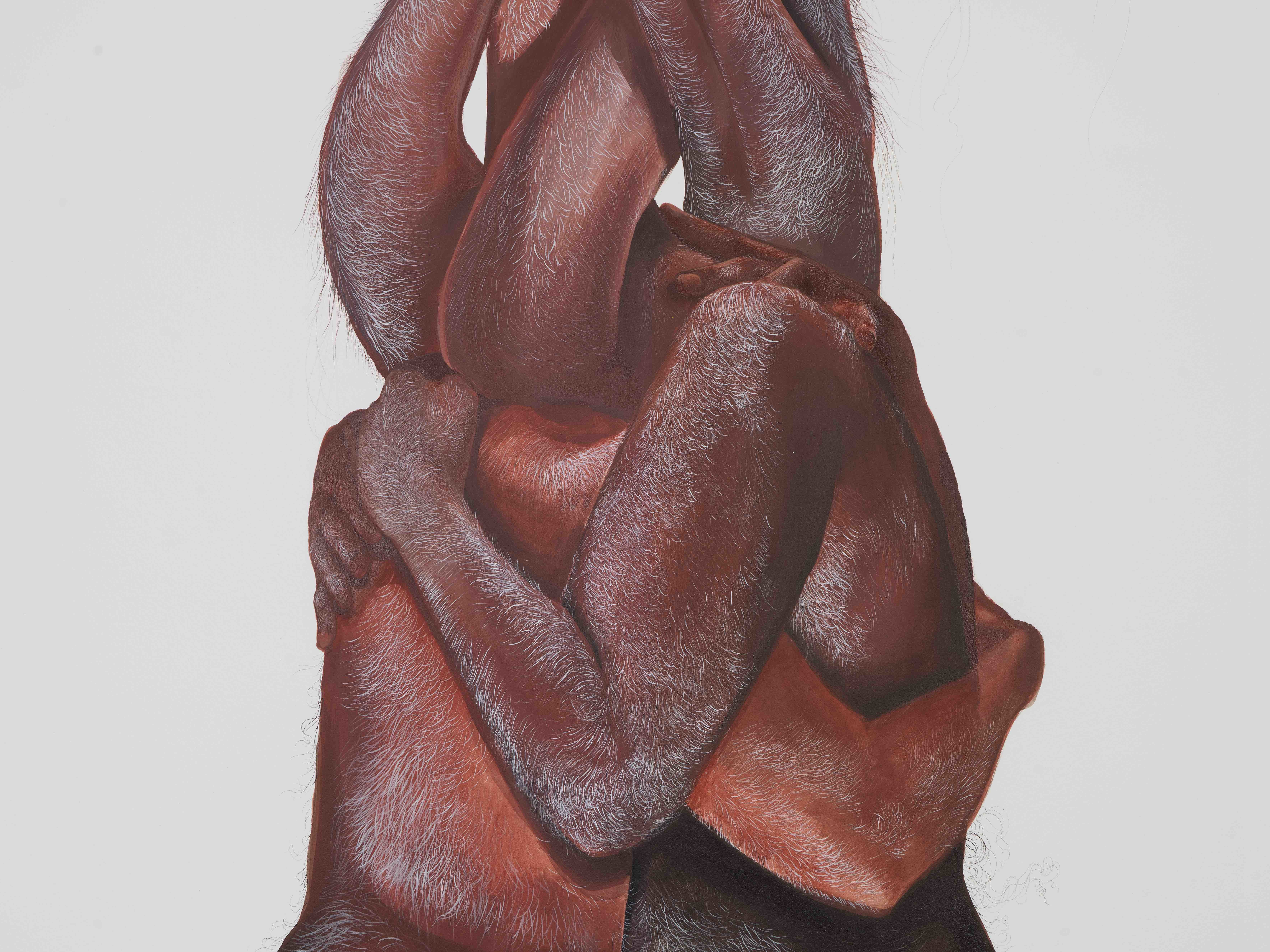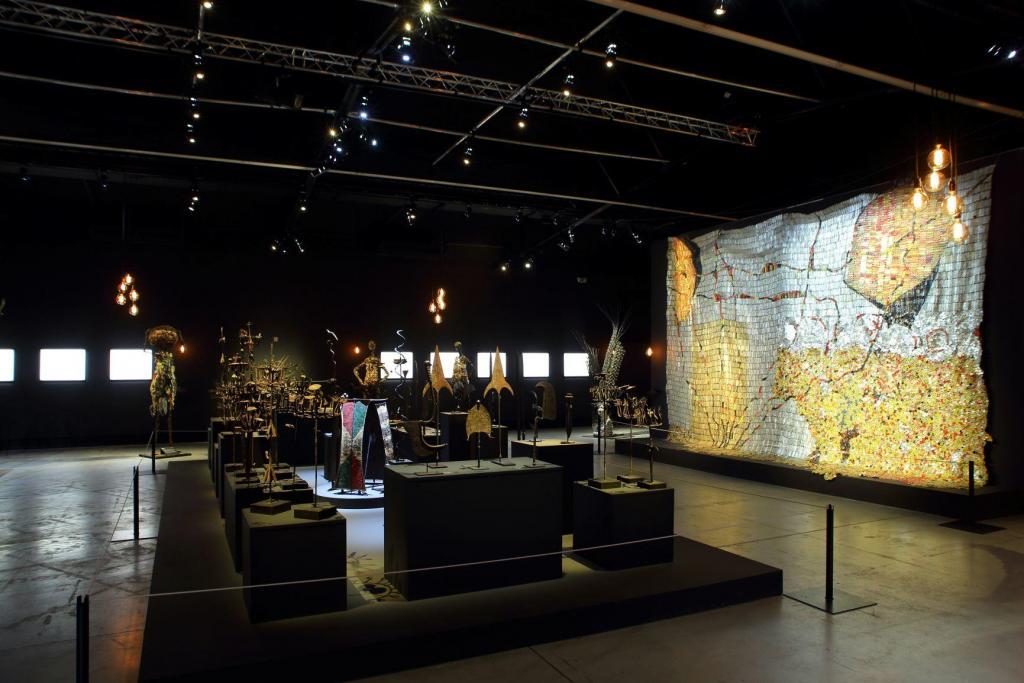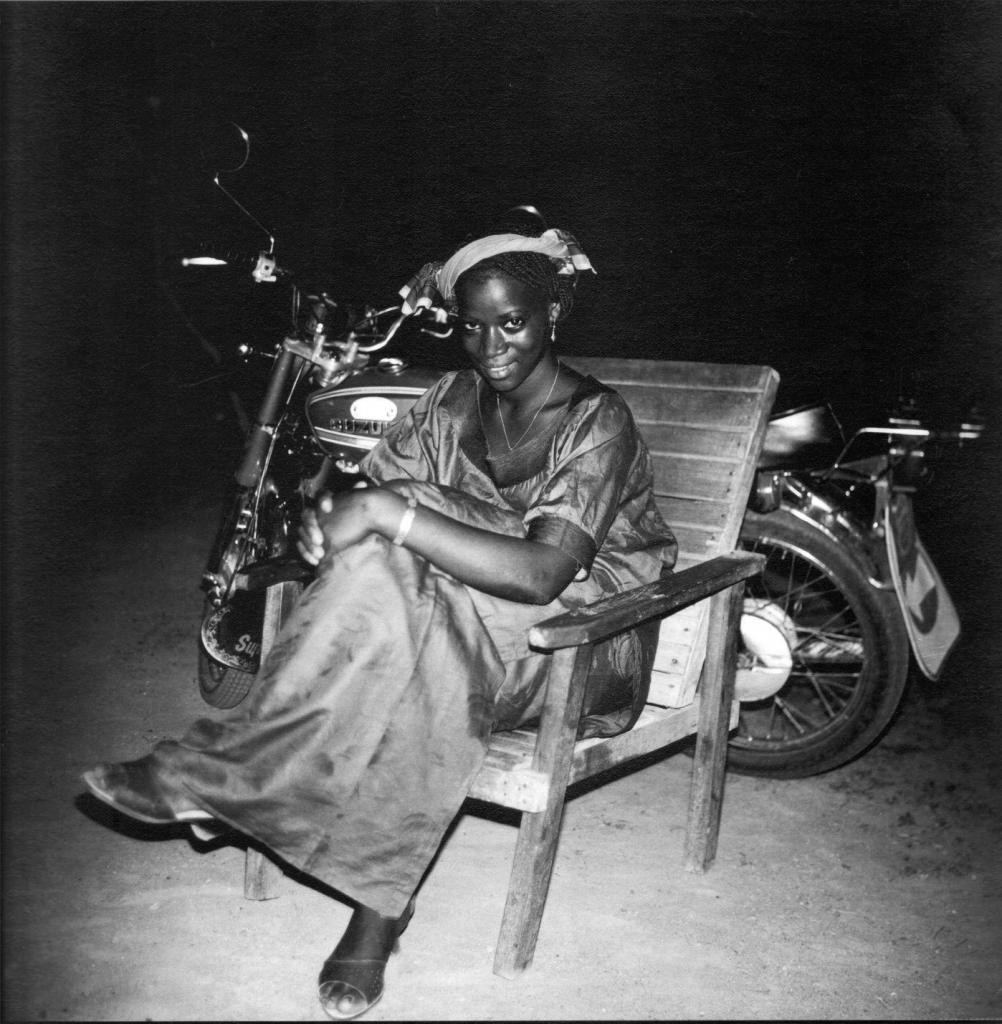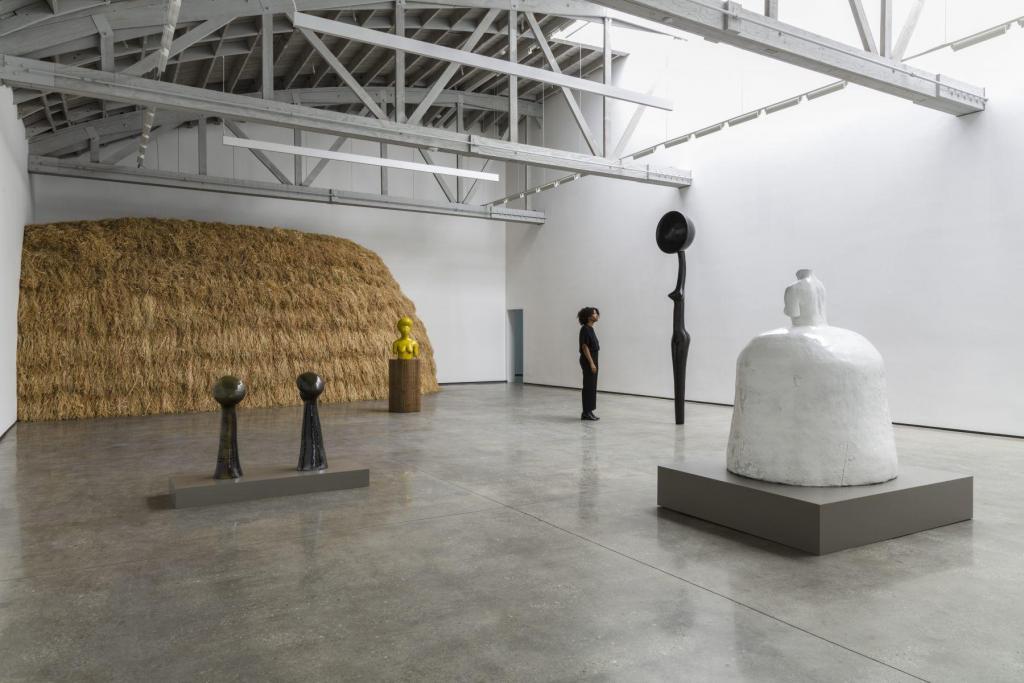PHI Foundation Proposes Poetic Study of Diasporic Identities
08/07/2020 - 20/11/2020The exhibition “RELATIONS: Diaspora and Painting” at the PHI Foundation brings together over 50 artworks that elicit a convergence of visual melodies and countermelodies, which culminate in a contrapuntal experience.
The study of a dispersion of a people throughout the world
The exhibition RELATIONS: Diaspora and Painting presents the work of twenty-seven artists who address questions of diaspora from diverse perspectives. The word diaspora derives from the Greek term diaspeirein, which means to disseminate, and describes populations dispersed from their native area. This migration can be forced or voluntary. Some people, such as exiles and refugees, are obliged to leave their country of birth due to war, human rights violations, economic crisis, ecological disaster or for other reasons. Others choose to emigrate because of work or educational opportunities or in response to changes in their lives.
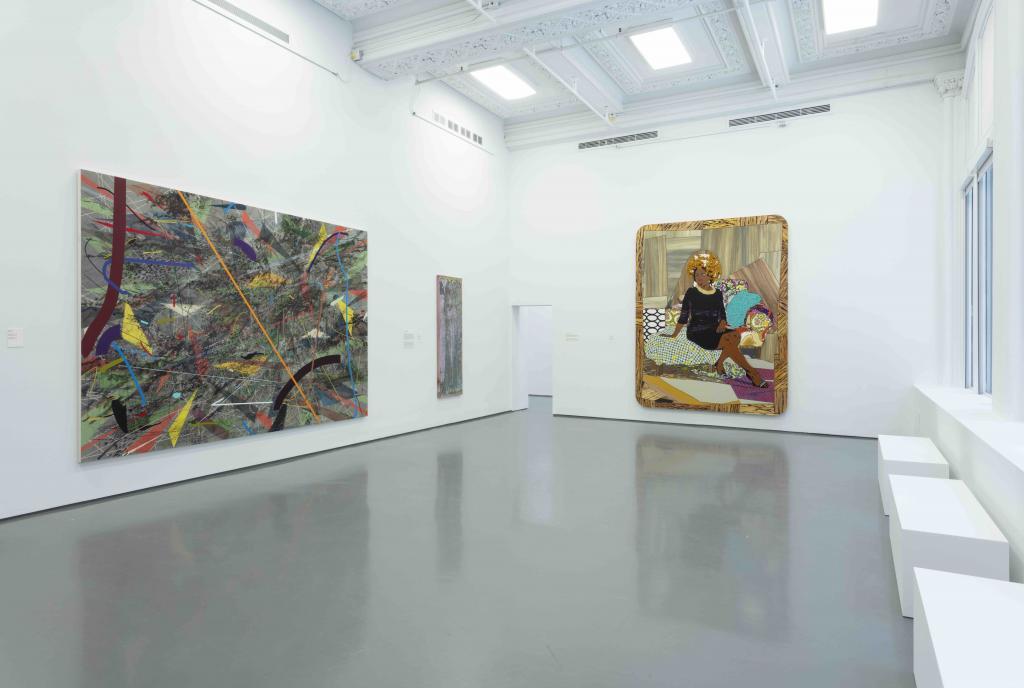
© PHI Foundation for Contemporary Art, photo: Richard-Max Tremblay
This group show explores the complex and multiple meanings of diaspora, its condition, and its experiences as expressed through painting. “The questions and concepts of diaspora are of deep, personal interest to me as a person of colour born in Canada of mixed Asian heritage,” says curator and managing director Cheryl Sim.
The wide spectrum of productive interpretations and relations that are generated by experiences of diaspora remain unfixed, providing endless engagement with the notions of kinship and identity in a world of advanced globalization and migration. Given the open-ended and discursive nature of the subject, the show is by no means an attempt to be exhaustive but, rather, endeavours to open up ideas and encourage dialogue.
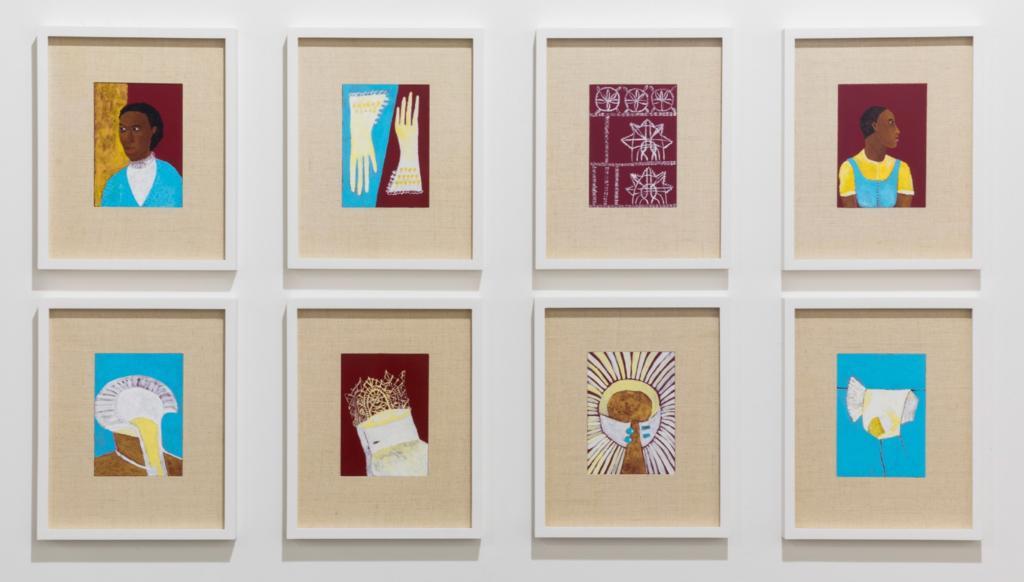
Courtesy of the artist and Hollybush Gardens, London.
A strong presence of African diasporas
The curator has chosen to highlight the voices and experiences of artists from multiple diasporas. There is therefore a strong presence of Afro-descendent artists, including Julie Mehretu, an Ethiopian-American artist born in 1970, Yinka Shonibare a British-Nigerian artist born in 1962, and Shanna Strauss, a Tanzanian-American artist exploring issues of cultural heritage. Her work Bee Keeper, is a portrait of her Bibi or grandmother. Bibi is a guardian of memory. She tells her community the story of Leti, a female soldier who fought alongside men against the German colonizers* of Tanzania. The way in which Shanna’s Bibi tells the story of her community, in words or song, resembles the work of bees as they gather pollen from flower to flower and work together to produce honey. Her stories travel constantly amongst those who listen to them.
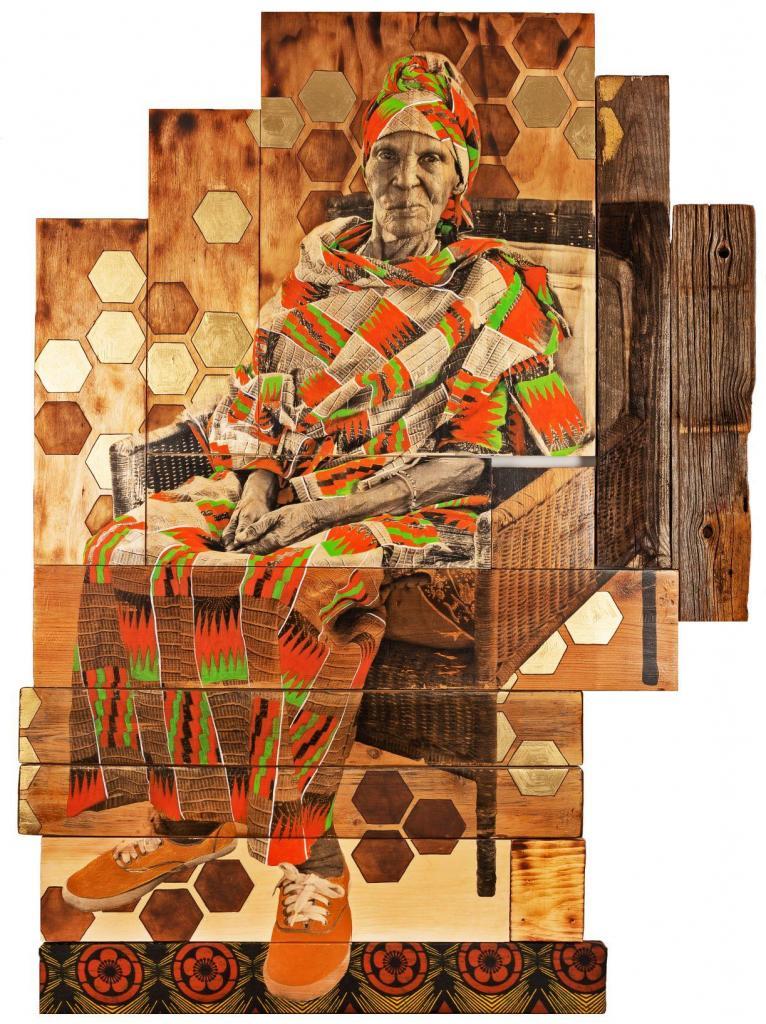
About the PHI Foundation
The PHI Foundation for Contemporary Art Established in 2007 by Phoebe Greenberg, the PHI Foundation for Contemporary Art, formerly known as DHC/ART, is a non-profit organization dedicated to the presentation of contemporary art. Housed in two heritage buildings located in the heart of Old Montréal, its programming has met with critical acclaim both at home and around the world. Each year, the PHI Foundation presents two to three major exhibitions, a series of public events, special collaborative projects and a forward-thinking education program.
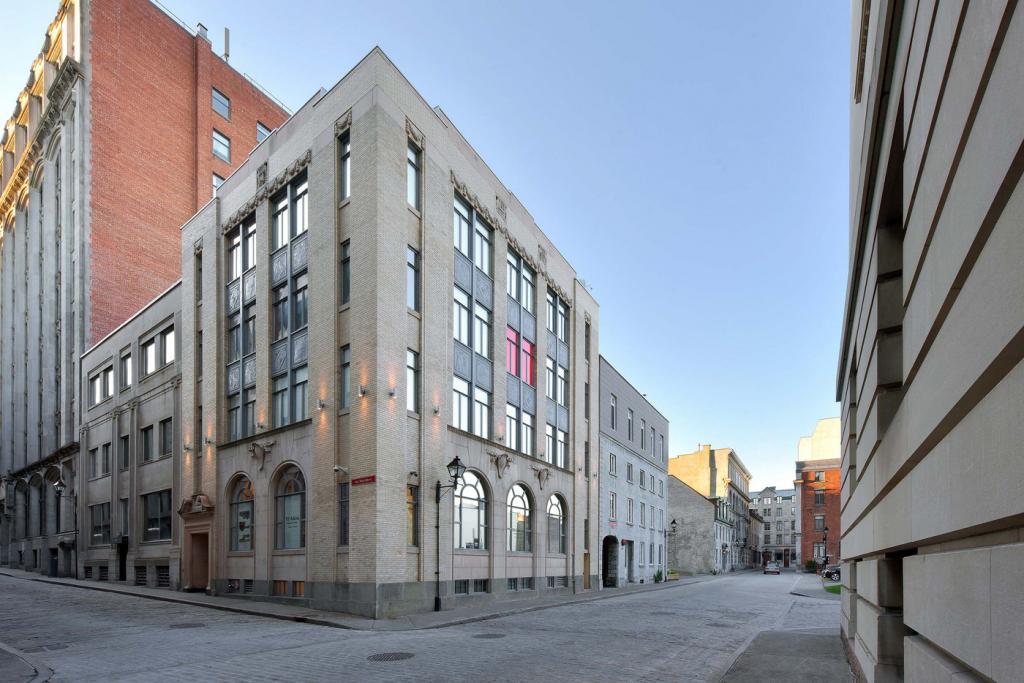
International in scope yet responsive to the Montréal context, the Foundation’s programming is offered free of charge to reinforce its commitment to accessibility, while fostering a discussion on how contemporary art is invested with the topics and ideas that reflect and touch our everyday lives.
The PHI Foundation’s Department of Education offers inclusive programming and innovative interpretive tools that encourage exploration and understanding of contemporary art. In providing platforms for exchange related to the exhibitions presented by the Fondation, we encourage critical dialogue informed by diverse perspectives. Concerning the present exhibition, we can find a multitude of tools including the RELATIONS tool, the family kit “diaspora relations and paintings” or the reading circle: diaspora fictions. This allows visitors to develop in depth certain key concepts explored by the exhibition.

